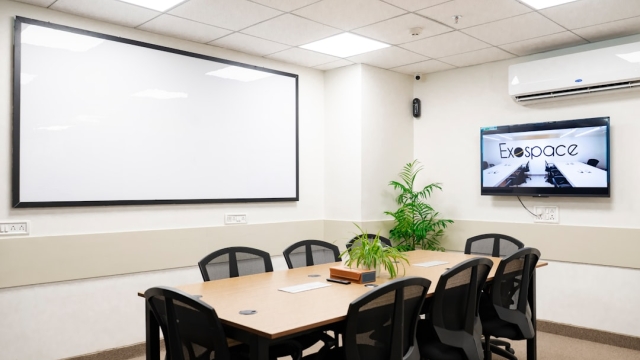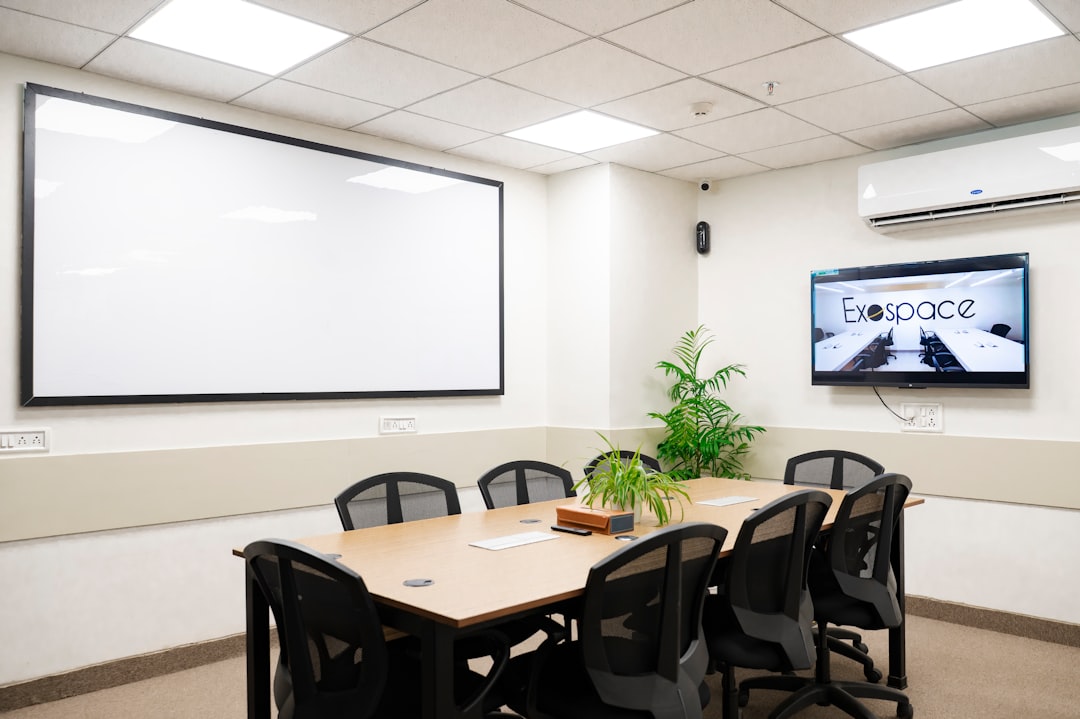In the evolving landscape of education, remote teaching technologies have emerged as essential tools that facilitate learning beyond the traditional classroom. These technologies encompass a variety of platforms, software, and tools designed to enhance the educational experience for both teachers and students. With the increasing need for flexibility and accessibility in learning, understanding the capabilities and applications of these technologies is crucial for effective teaching and learning.
Overview of remote teaching technologies
Remote teaching technologies are designed to support educators in delivering instruction to students who are not physically present in a traditional classroom setting. These tools enable real-time interaction, collaboration, and engagement through various means, including video conferencing, learning management systems, and digital collaboration tools. As education continues to adapt to diverse learning environments, the importance of these technologies becomes increasingly clear, allowing educators to reach students across geographic boundaries and provide personalized learning experiences.
Key Features and Benefits of Remote Teaching Tools
When considering remote teaching technologies, several key features and benefits stand out:
- Accessibility: Remote teaching tools break down geographical barriers, enabling students from various locations to access quality education. This is particularly beneficial for those in remote areas or those with mobility challenges.
- Engagement: Many remote teaching technologies incorporate interactive elements such as quizzes, polls, and breakout sessions, which foster a more engaging learning experience. This interactivity helps maintain student interest and participation.
- Flexibility: With remote teaching, students can often learn at their own pace and on their own schedule. This flexibility accommodates different learning styles and personal commitments, allowing for a more tailored educational experience.
- Resource Sharing: Educators can easily share a multitude of resources, including videos, articles, and interactive content, with students through these platforms. This enhances the learning material available to students and promotes collaborative learning.
- Cost-Effectiveness: Remote teaching technologies can reduce the need for physical infrastructure and travel expenses, making education more affordable for institutions and students alike.
Popular Remote Teaching Platforms and Their Applications
There are numerous platforms available that cater to different educational needs. Some of the most popular tools include:
- Zoom: Widely recognized for its video conferencing capabilities, Zoom allows for live classes, discussions, and group activities. Its breakout room feature fosters small group interactions, making it ideal for collaborative projects.
- Moodle: As a robust learning management system, Moodle provides a comprehensive platform for course management, content delivery, and assessment. It supports blended learning approaches, making it suitable for various teaching styles.
- Google Classroom: This platform integrates seamlessly with other Google tools, making it easy for educators to organize assignments, provide feedback, and communicate with students. Its user-friendly interface is particularly appealing to both teachers and students.
- Microsoft Teams: Combining communication and collaboration tools, Microsoft Teams enables educators to create a cohesive learning environment. Its integration with Office 365 allows for effective document sharing and real-time collaboration on projects.
- Edmodo: Designed with a focus on K-12 education, Edmodo offers a social learning platform where teachers can create assignments, manage classes, and communicate with students and parents, ensuring a holistic approach to education.
These platforms exemplify how remote teaching technologies can cater to diverse educational needs, from elementary schools to higher education institutions.
Best Practices for Integrating Remote Teaching Technologies
To ensure a smooth transition to remote teaching, educators should consider the following best practices:
- Familiarize Yourself with the Tools: Understanding the functionality and capabilities of chosen platforms allows teachers to utilize them effectively and maximize their potential.
- Encourage Interaction: Incorporate interactive elements into lessons to keep students engaged. This could include discussions, polls, or collaborative projects, which enhance the learning experience.
- Set Clear Expectations: Clearly communicate guidelines and expectations for online behavior, participation, and assignment submissions to promote a constructive learning environment.
- Provide Support: Offer resources and support to students who may be less familiar with technology. This can help bridge the digital divide and ensure all students can participate fully.
- Gather Feedback: Regularly solicit feedback from students regarding their learning experiences. This information can help refine teaching strategies and improve the overall effectiveness of remote instruction.
In conclusion, remote teaching technologies offer powerful tools that can transform the educational landscape. By leveraging these technologies effectively and integrating best practices, educators can create inclusive, engaging, and flexible learning environments that meet the needs of all students. For those looking to enhance their remote teaching capabilities, exploring various solutions, such as those found in school audio and video solutions, can provide valuable resources to support their teaching efforts.


